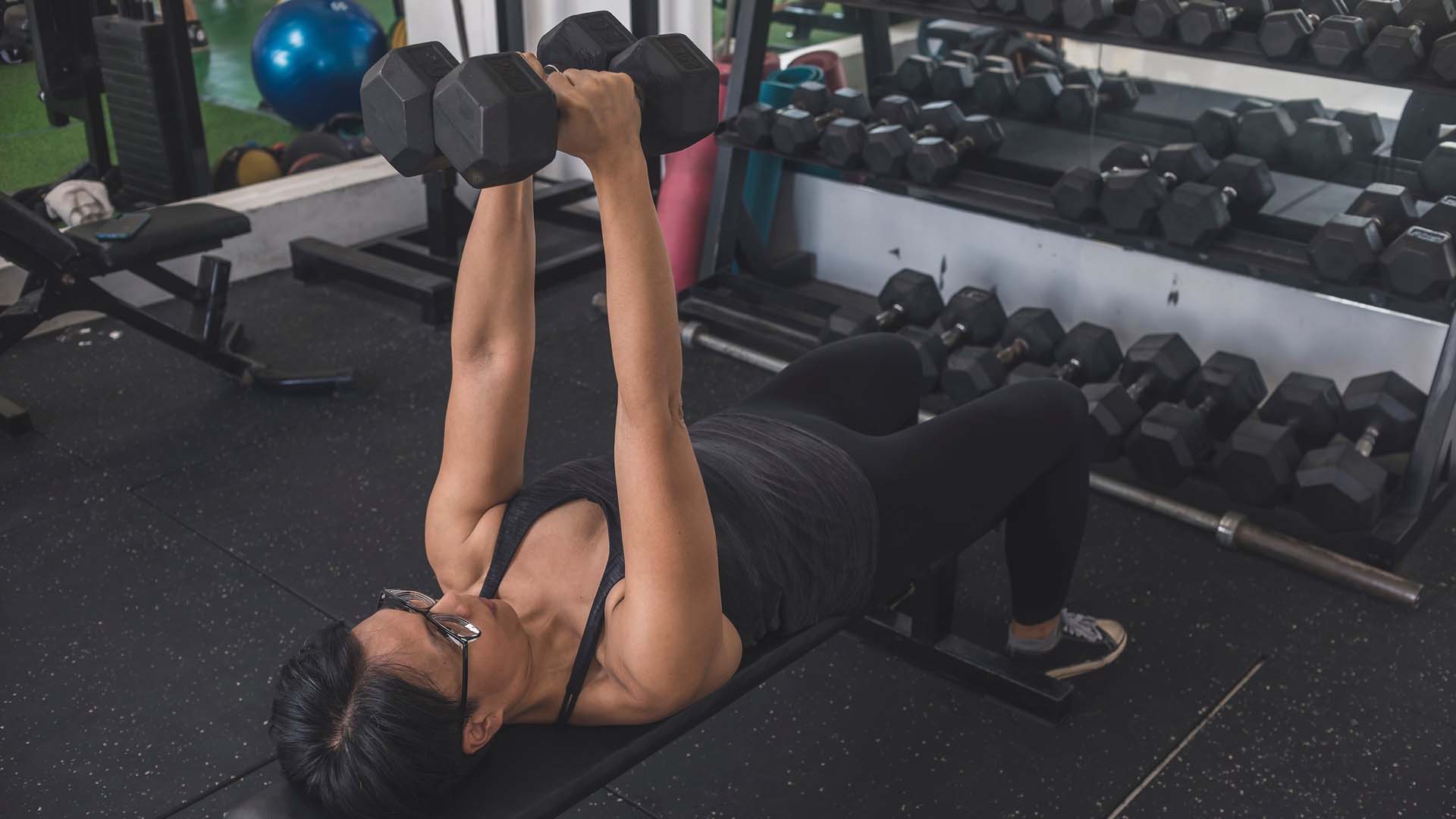
Upper body strength can diminish as we age, and it’s a good idea to do exercises to combat this.
While we might use our legs many times during the day, we don’t have as much opportunity to build or maintain upper body strength unless we carry something.
Sarcopenia – loss of muscle mass – begins in our 30s, and steadily worsens with age. However, it can be kept at bay with some strength training exercises at least twice a week (as per NHS guidelines).
This can take many forms, as we’ll explore, and can be done at home, in a gym, or as part of a fitness class.
We use our upper body strength a lot without really realising it, and for this reason, it’s important to try to maintain strength in those muscles.
Every time you push or pull a door, you’re using muscles in the arms, shoulders, chest and back. Whenever you carry something (or someone) it’s your upper body and core that holds the object in place while your legs support you. If you need to get something from a cupboard, you’re using your upper body.
The chest area is also essential in moving yourself. Each time you push yourself up to get out of bed, your chest helps your triceps in the movement.
If you fall, and need to pull yourself up, the chest will give you the bulk of the strength required (because of the size of the muscles) to pull yourself up.
When you perform chest exercises, you’ll also work other muscles in that region of the body that will include all or some of the following at any time:
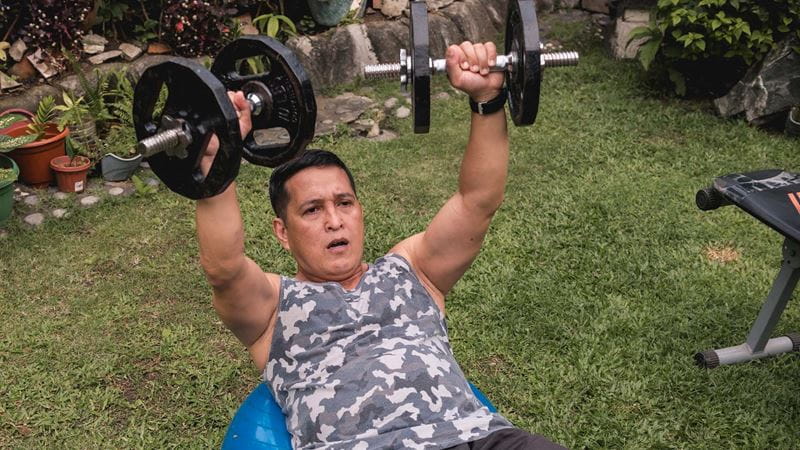
The benefits of strength training can be achieved with as little as two sessions per week. Something is always better than nothing, so if that’s all you have time for, or can manage initially, go for it.
If you have more time, then how often you do strength training is up to you – but remember to give yourself time to recover between sessions.
If you’re doing two sessions per week, a full-body approach is best, so you’ll work the chest on both days.
If you have time for three sessions, you can do lower body one day, upper body the next (including chest) and full body on the third (also including chest).
You can also do cardio in the morning and weights in the evening if you want to do two workouts in one day.
It is possible to build strength in the chest using bodyweight exercises, such as push ups and planks. But to really increase both strength and range of motion in the chest, you will need to use some form of weight or resistance.
You might like to use resistance bands – these are reasonably priced, portable and don’t take up much space.
My personal recommendation would be to start with dumbbells. These are great for showing any weaknesses you may have on either side of your body, allowing you to then work on that specific area or movement a little bit more.
You might also like to use a bench to lie on, or the floor (our guide to yoga mat thickness can make it more comfortable for you).
What weight should I use?
When it comes to deciding what weight to use, it depends on your starting point. A beginner will need a much lighter dumbbell set than someone who’s at a more advanced level of lifting weights.
The chest is a large, powerful muscle group, so you can use heavier weights than if you were doing arm exercises, for example.
A good idea is to have a set of three pairs – light, medium and heavy. This will allow you room to progress.
Follow these chest exercises at home. Practise each one with no weight (just practising the movement pattern) or very light weights to begin with.
Once you feel confident, increase the weight as required and do however many sets and repetitions you feel comfortable with. Three sets of six to eight repetitions (reps) is a good guide to start with.
If you have any injuries or medical conditions, be sure to consult a doctor before beginning.
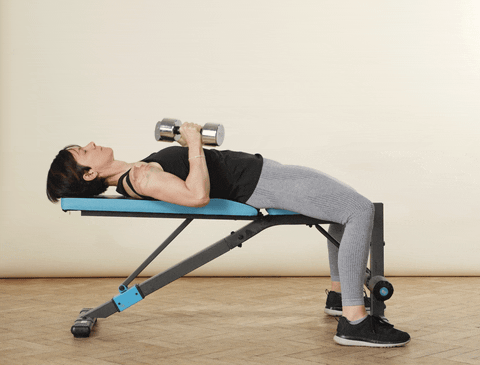
Tip: Squeeze the dumbbells tightly to activate the triceps.
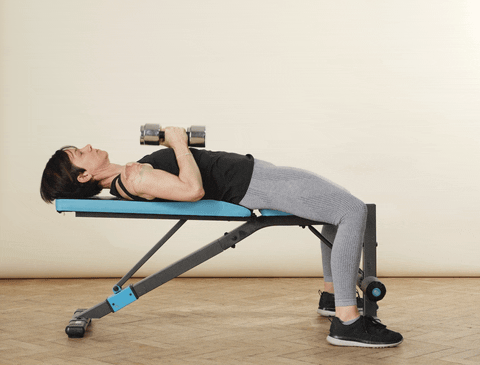
Tip: Think about pulling open two doors and closing them again.
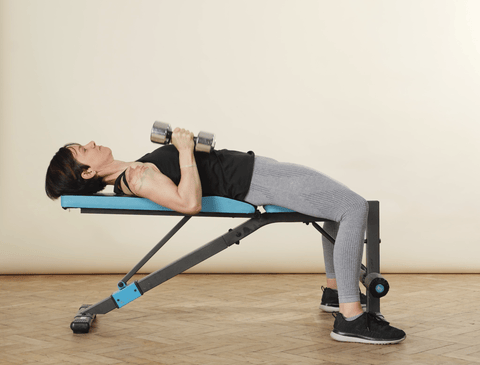
Tip: Your triceps do a lot of work here, so start with lighter weights as they’re smaller muscles.
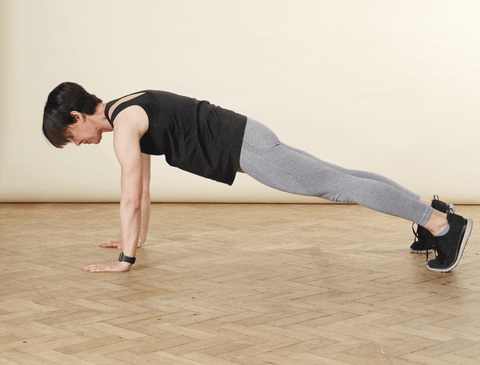
Tip: Follow our step-by-step guide on how to do a push-up for more options.
Becky Fuller is a fully qualified Personal Trainer, specialising in strength and conditioning for over 50s. Becky’s focus is helping people to become stronger both in body and mind, and to move well without pain.
Becky also has many years’ experience working as a freelance journalist.


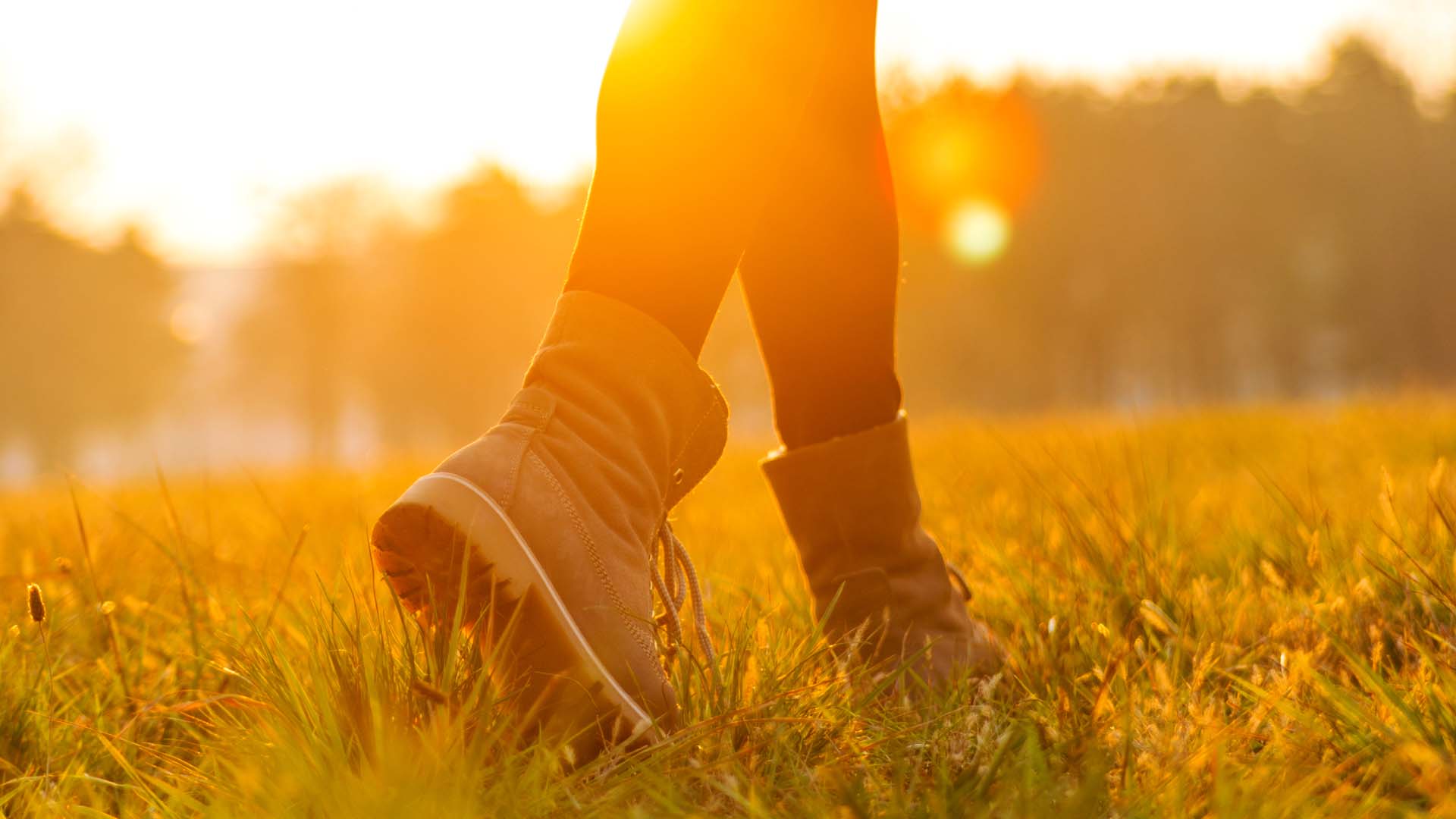
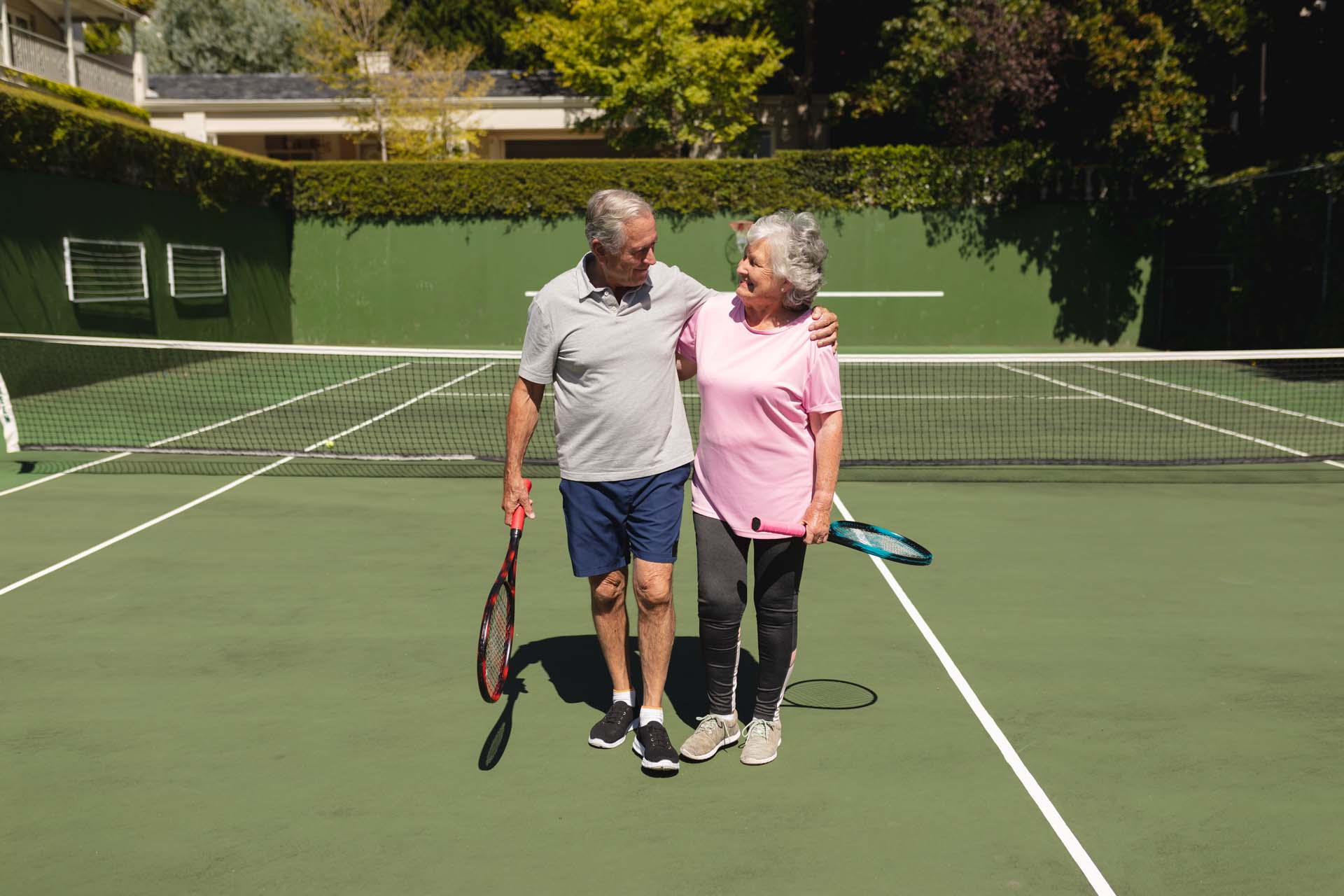
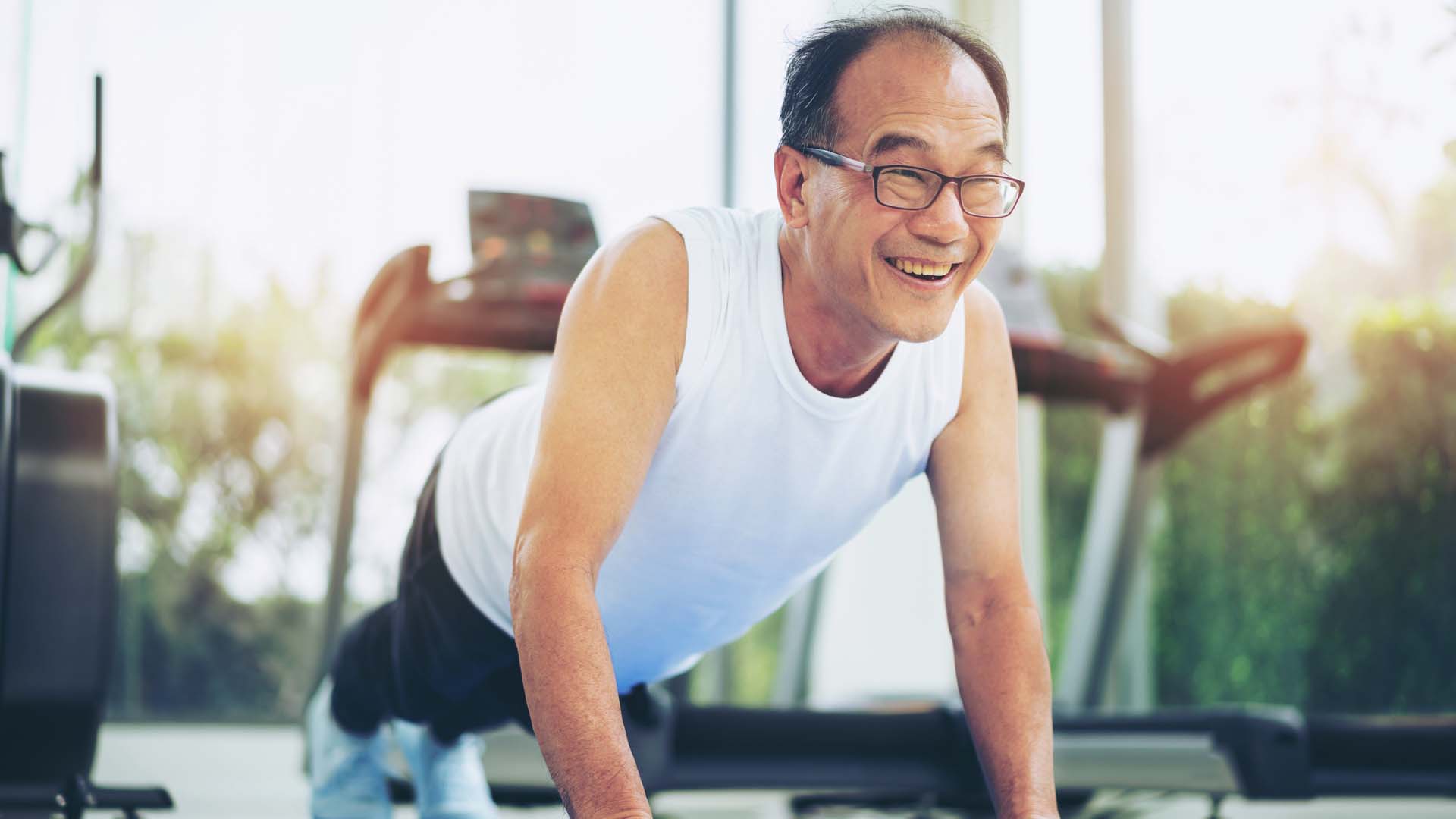
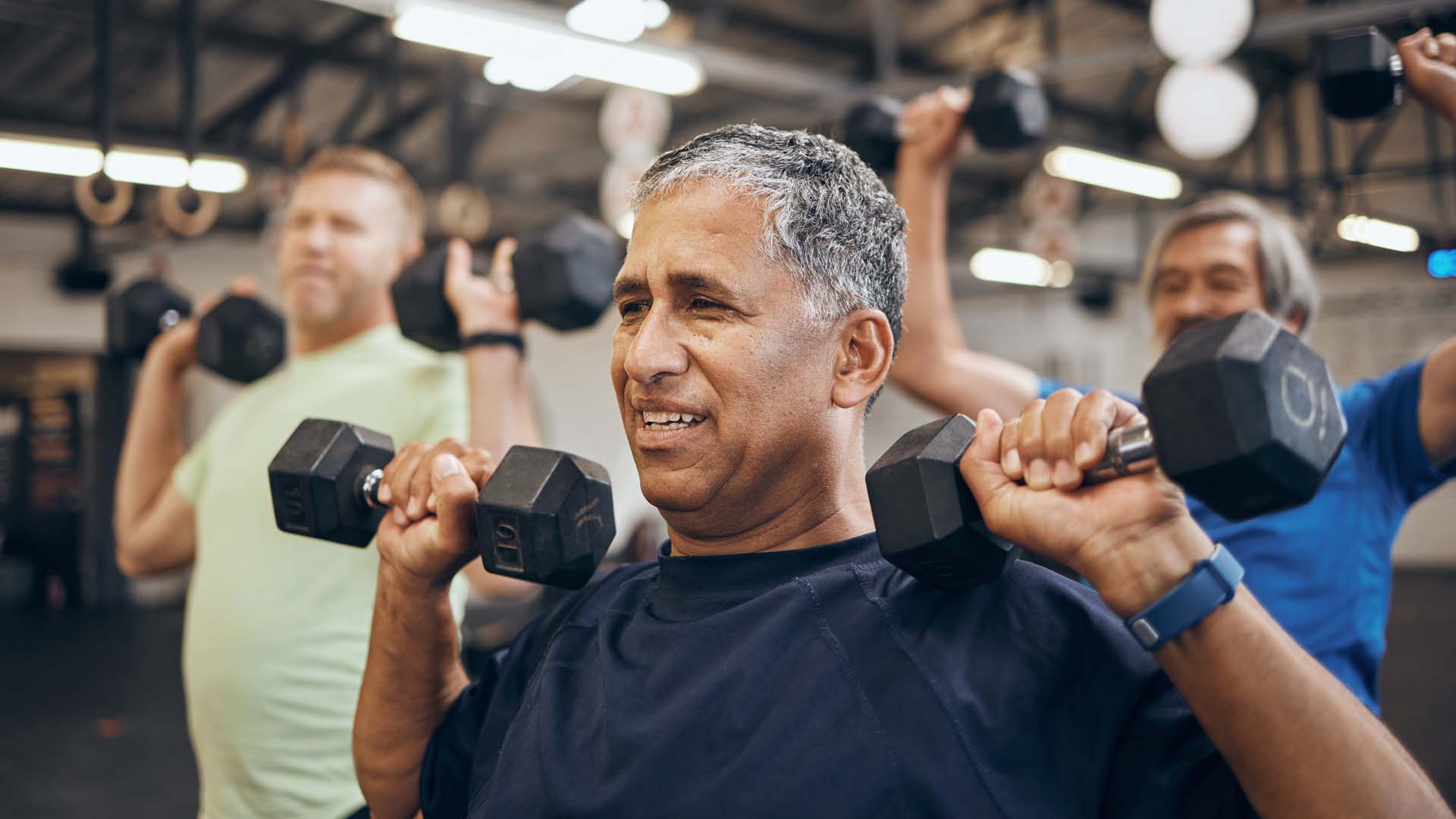
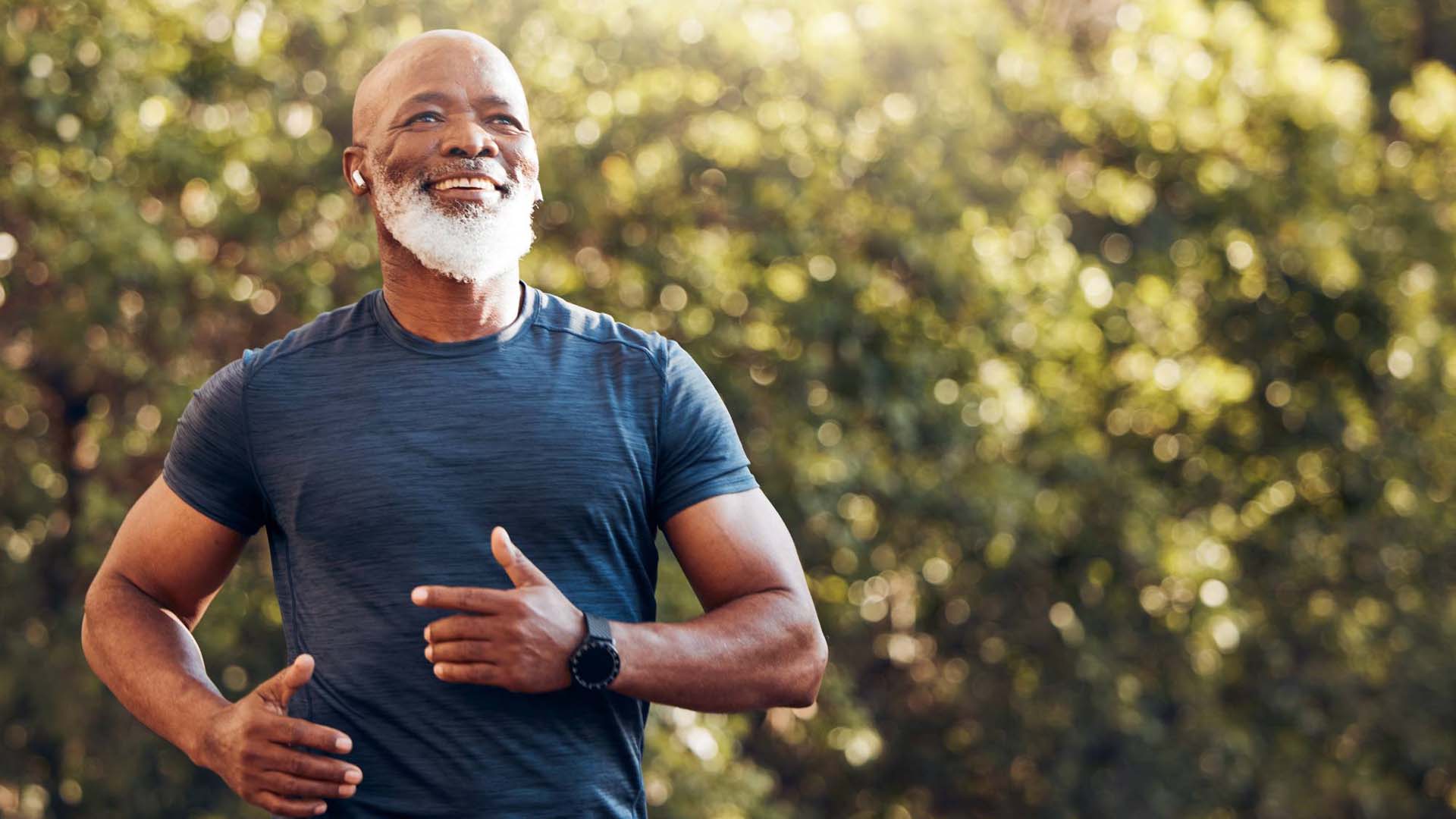
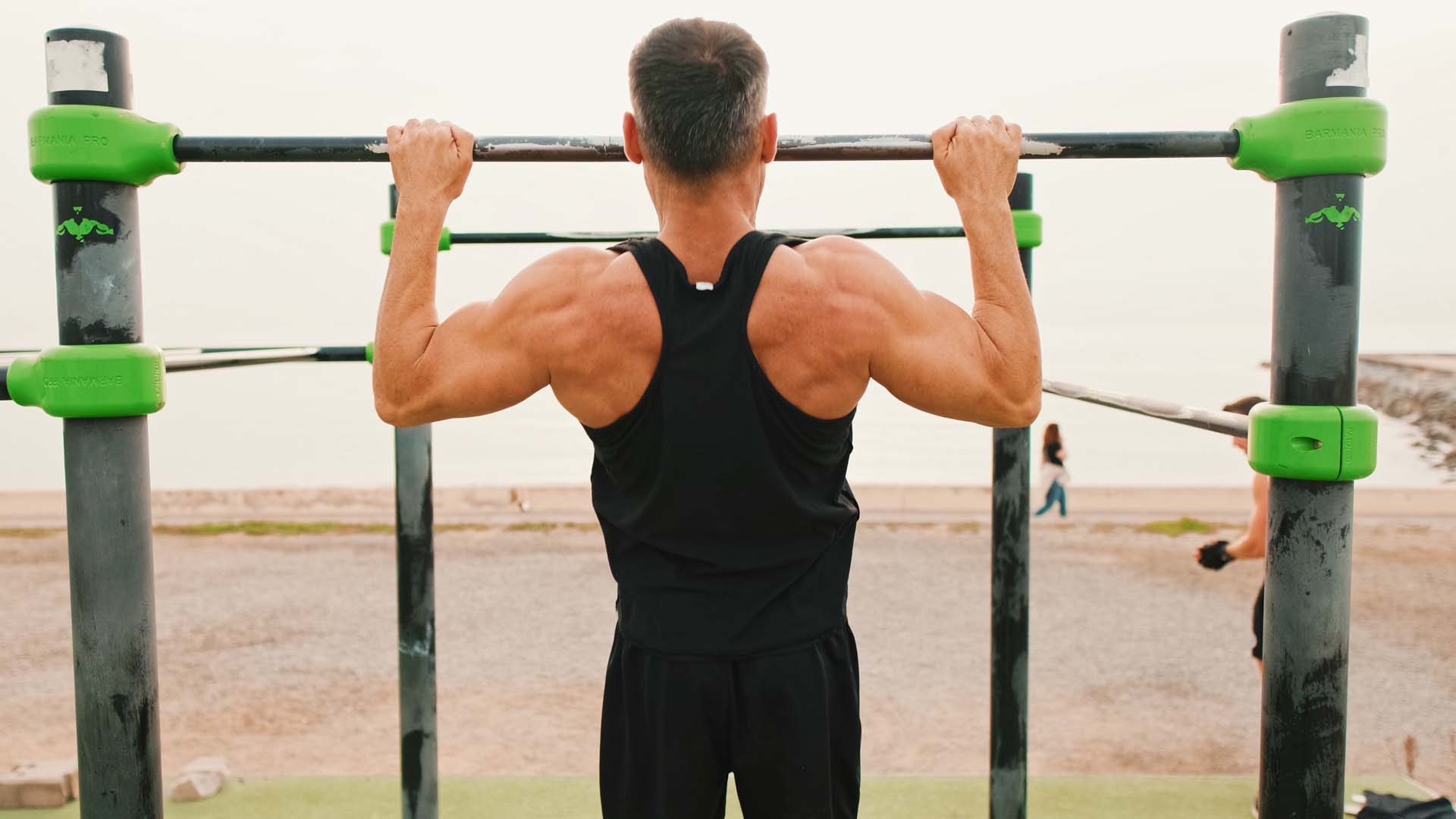
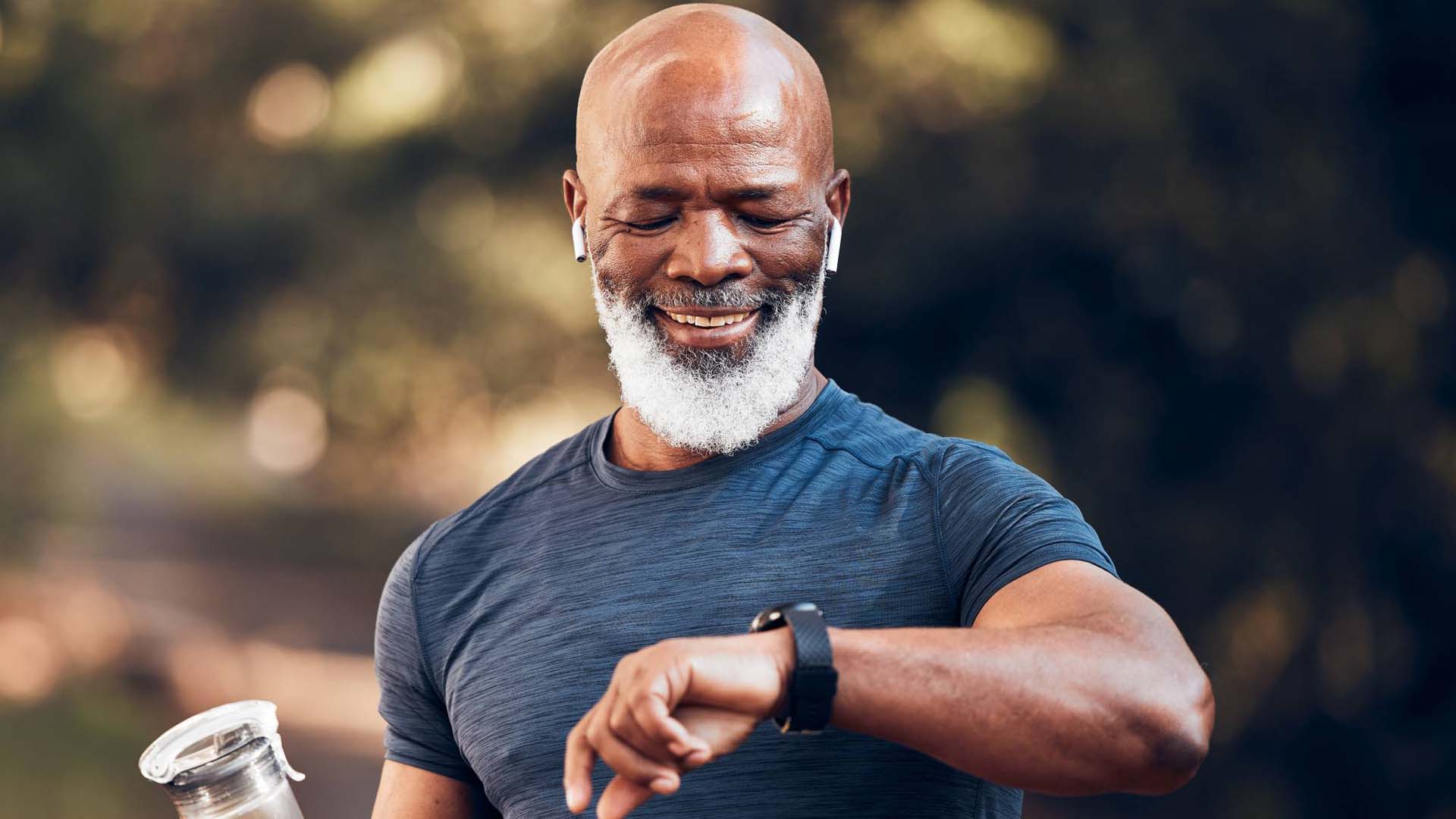
Your questions answered about what really is a good 5k time.